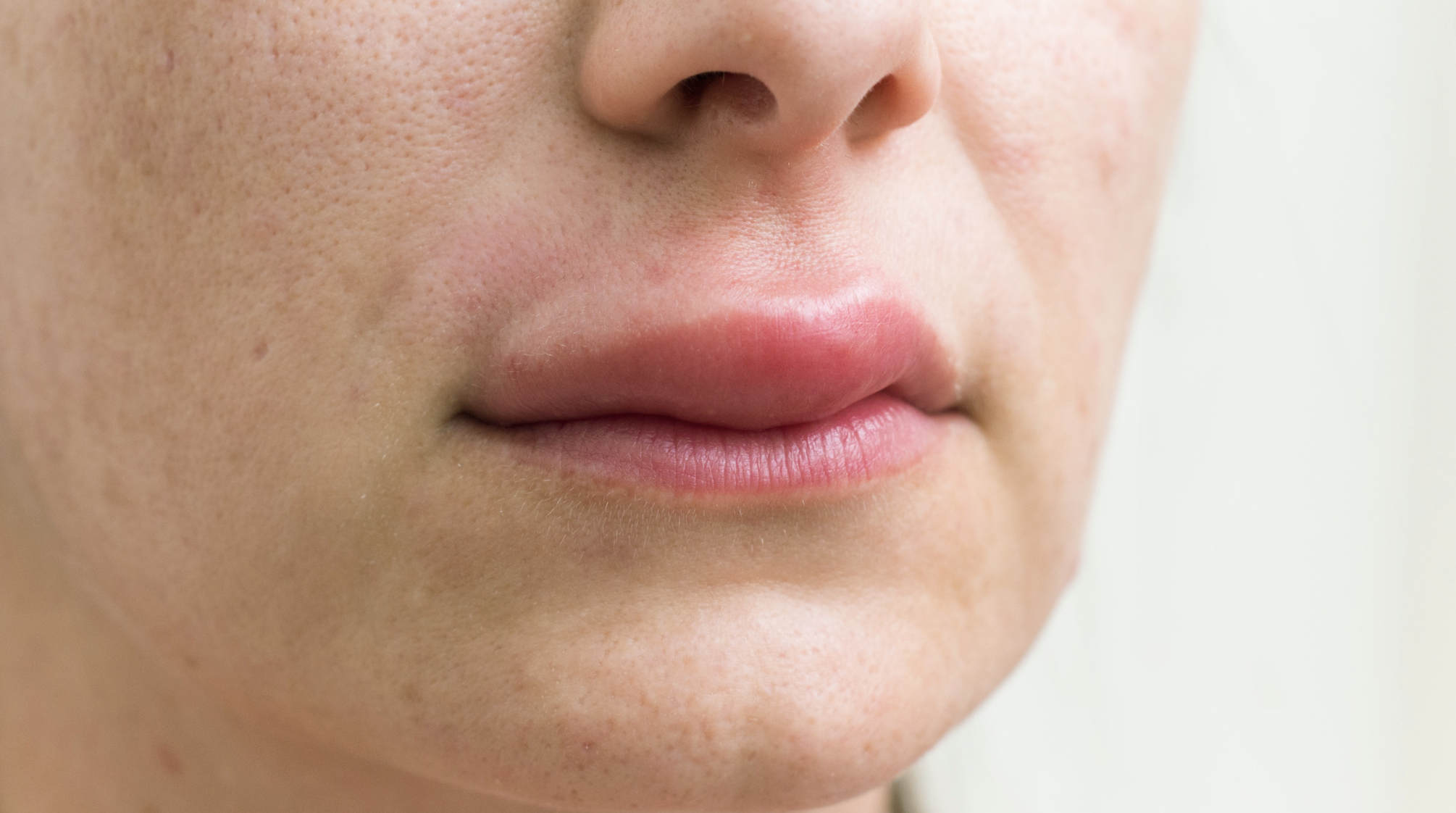Amla murabba is not only a tangy and sweet treat, but also a traditional superfood loaded with potent health benefits. Made up of Indian gooseberries and preserved in sugar syrup, this age-old recipe has been cherished not just for its taste but for its impressive health benefits for generations. In this article, we’ll explore the benefits of amla murabba and why adding it to your daily routine could be one of the simplest ways to boost your overall wellness, the natural way.
Top 12 Science-Bacjked Benefits of Amla Murabba for Health
There are many tremendous benefits hidden behind this tangy and sweet treat. Here are the amazing health advantages of amla murabba:
1. Improves Digestion
Acts as a natural digestive, which aids in triggering the release of gastric juices, helping with better absorption of nutrients and preventing acidity, bloating, and indigestion.
Moreover, the fiber in amla murabba promotes a healthy bowel movement, which prevents the risk of constipation.
2. Eases Arthritis Pain
The anti-inflammatory properties of amla can help relieve joint pain, inflammation, and swelling associated with arthritis.
Also, it is rich in calcium, which supports muscles and bones, which helps alleviate joint pain.
3. Boosts Immunity
Being a potent immunity booster because of vital nutrients, mainly antioxidants and vitamin C, amla can fight against factors that suppress immunity.
Taking murabba with warm milk can help ease your seasonal allergy, cough, cold, and flu symptoms.
4. Treats Mouth and Peptic Ulcers
A study shows that the antioxidants, like polyphenols in amla, help neutralize the free radicals. These free radicals are responsible for damaging cells and causing ulcers.
In addition, the anti-inflammatory effects of amla can lower inflammation in the digestive tract and mouth, which helps heal ulcers and pain associated with them.
5. Promotes Hair Health
Taking amla murabba daily strengthens the hair follicles, improves blood circulation, which helps with hair growth.
Moreover, it has antibacterial properties that keep dandruff away and calcium that makes the hair healthy and strong.
6. Reduces Menstrual Cramps
It is found that people who take amla murabba daily can lower the chances of menstrual pain. This is because amla helps restore lost iron during periods, which increases pain.
Moreover, a few women heavily bleed, which is why amla helps to maintain the blood flow.
However, further research is needed to know exactly how it works. Amla murabba also replaces the iron loss in the body.
7. Prevents Anemia
Research shows that amla can prevent anemia (deficiency of sufficient hemoglobin in blood). This is because it is the best source of iron and increases the hemoglobin levels in the body.
Moreover, it has been stated that taking amla in any form also helps purify the blood.
8. Supports Good Skin Health
The vitamins A and C in amla murabba can help with collagen production, which makes the skin flexible and youthful.
In addition, its antioxidant effects assist in keeping the skin protected from damage caused by UV rays and pollution.
9. Manages Blood Sugar Levels
Amla aids in enhancing glucose metabolism in people with diabetes, thus maintaining fasting and postprandial (after eating) blood sugar levels.
Also, it lowers the risk of diabetes-related complications by fighting off free radicals, boosting blood vessel functions, and lowering the inflammatory mediators.
10. Maintains Cholesterol Levels
Amla murabba contains zinc and copper, which help decrease LDL (bad) cholesterol and raise HDL (good) cholesterol levels.
As a result, it can reduce the risk of heart diseases by alleviating the accumulation of plaque in arteries and boosting blood circulation.
11. Improves Eye Health
The vitamin A in amla can increase and preserve eyesight, particularly in low-light conditions, by producing pigments in the retina.
Moreover, vitamin C in amla prevents damage from free radicals, which reduces the risk of cataracts and other eye issues.
12. Promotes Weight Loss
Chromium in amla murabba helps boost metabolic rate, helping with the storage of a few calories as fat, thus supporting weight loss.
Additionally, flavonoids in amla can prevent adipogenesis (formation of fat cells), which also aids in reducing weight.
Important Considerations:
Take amla murabba in moderation (1 or 2 times a day), because it is excessively sweet.
If you are diabetic, make sure to check the label of store-bought amla murabba, as it might contain preservatives loaded with sugar.
Nutritional Profile of Amla Murabba
1 tablespoon of amla murabba contains:
Nutrients | Amount |
|---|---|
Calories | 17 Kcal |
Water | 17.4 g |
Total Fat | 0.1-0.2 g |
Sugar | 14-16 g |
Dietary Fiber | 1-2 g |
Carbohydrates | 15-18 g |
Sodium | 1-2 mg |
Protein | Less than 1 g |
Vitamin C | 131.2 mg |
Iron | 0.3 mg |
Calcium | 10.9 mg |
Potassium | 49.2 mg |
Potential Downsides And Precautions
Though amla murabba offers many health benefits, here are some side effects that you need to be aware of and take precautions in certain situations:
Potential Downsides:
Blood Sugar Spikes: The added sugar it contains can increase blood sugar levels, especially in people with diabetes.
Weight Gain: Excessive and more frequent intake can cause weight gain because of its increased sugar content.
Dental Health Problems: Regular consumption can raise the chances of tooth decay and dental cavities if you do not follow good oral hygiene habits.
Digestive Discomfort: Diarrhea, gas, and bloating can occur in individuals with irritable bowel syndrome and sensitive stomachs.
Bleeding Risk: Raises the bleeding risk after and during surgery. So, avoid taking it about 2 weeks before the surgery.
Precautions:
People with diabetes need to closely monitor their blood sugar levels when taking murabba and should take it in portion control to avoid spikes.
Individuals trying to manage weight should have it moderate amount because of its high sugar and calorie content.
Brush your teeth properly after eating murabba to prevent the risk of tooth cavities or decay.
Those with gastrointestinal issues need to consume it with caution by observing the response of the body.
How to Add Amla Murabba to Your Diet?
You can add it in a variety of ways:
As a snack: Enjoy one spoonful of murabba simply.
Pair with chapatis or parathas: The traditional way of eating murabba.
Add to smoothies: Mix it with fruits, yogurt, and a little amount of honey to enjoy a nutritious smoothie.
Mix with warm water or milk: Add one spoonful of murabba to warm water or milk to prepare a nutritious and soothing drink.
Use as a topping: Top it over your cereals or salads for extra nutrition and flavor.
Mix into sauces or chutneys: Adds sweet and tangy flavor to mint sauce and tomato chutney.
For best results, take it daily in the morning or after eating your meal to increase its health benefits.
How to Make Homemade Amla Murabba?
Here is the list of ingredients and directions to make a delicious and nutritious homemade amla murabba:
Ingredients:
1 kg fresh amla
Sugar or stevia
1 liter of water
1 teaspoon of cardamom powder
1 teaspoon of saffron strands (for added flavor and color)
1 teaspoon of cloves (optional, for an intense aroma)
1/4 teaspoon of black salt (optional)
Directions:
Wash the amlas and steam them for at least 10 minutes until they become tender.
Prick the amlas for better absorption of the sugar or stevia syrup.
In a separate saucepan, mix the sugar/stevia with water and heat and stir it consistently until the entire sugar completely dissolves and reaches a thick consistency.
Add amlas to the sugar/stevia syrup and stir them well and gently so that all the pieces get coated with syrup.
Let it cook for 15 to 20 minutes over a low flame and then add cardamom powder, saffron, and cloves for extra flavor and aroma.
Once cooked, allow the murabba to cool completely, and then pour it into a clean and dry jar.
Seal it tightly to avoid air exposure.
How To Safely Store Amla Murabba For Months?
Follow these tips to safely store amla murabba for many months:
1. Sterilize the container
Wash the glass or ceramic container and dry it thoroughly.
Sterilize the container by boiling it in water or with the help of a sterilizing solution.
2. Fill and seal
Fill the glass jar or container with the murabba and leave a little space at the top.
Then, seal it tightly to prevent exposure to air and moisture, as it can lead to spoilage.
3. Store at room temperature
Keep the container in a cool and dry place.
Avoid direct sunlight.
4. Avoid stainless steel
Do not keep amla murabba in stainless steel-made containers for a prolonged time.
This is because amla's acidic nature can react with steel, leading to corrosion, which can affect the quality and taste.
Final Thoughts
Incorporating amla murabba into your daily routine isn't just a delicious choice—it’s a smart one. From boosting immunity and aiding digestion to improving skin and hair health, the benefits of amla murabba are both time-tested and backed by modern wellness trends. So, whether you enjoy it for its sweet tang or its powerful health perks, one thing is clear: this traditional treat truly earns its superfood status. However, you should take it in moderation, especially if you have diabetes or obesity, to avoid negative consequences. If you face any problem, consult a doctor.
Read Also: 10 Surprising Giloy Benefits and Uses
Frequently Asked Questions
Can I eat amla murabba daily?
Yes, you can, but in moderation, as it is highly rich in sugar and calories, which can be problematic for people, especially those with diabetes or those trying to lose weight.
How many amla murabba should I eat per day?
It is advisable to take one or two amlas a day because they contain sugar, which can also cause diabetes in patients. However, you should monitor the sugar level as it drops blood glucose levels.
Can pregnant women consume amla murabba?
Yes, they can eat amla murabba in moderation. However, always consult a gynecologist or obstetrician for personalized dietary advice.
How long can you safely store amla murabba?
You can store it for about 1 year if stored in an airtight, sterilized, and glass jar or container, and at room temperature.
What is the best time to eat amla murabba?
Either have it in the morning before a meal or after a meal to promote better digestion, especially during the winter season.
-User-1754377709.png)
Reviewed by







